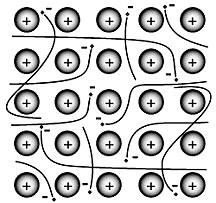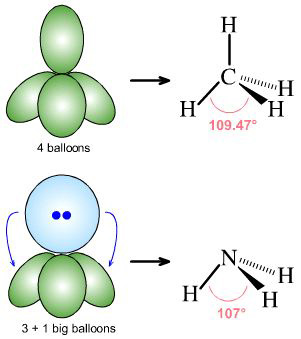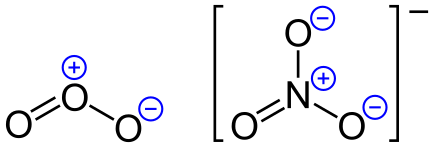This week covered intramolecular/intermolecular forces.
Covalent bonds are the bonds we have been studying until now, and they are an intramolecular force. They connect two nonmetals together. However, we were introduced to a new force between molecules called intermolecular forces. These forces are not as strong as intramolecular forces that bind atoms together, as these forces bind ions or full molecules together.

Other intramolecular forces are Ionic Bonding and Metallic Bonding, bonds between a metal/nonmetal and bonds between metals, respectively. Ionic bonding uses charge alone to combine two elements.

Covalent bonds are the bonds we have been studying until now, and they are an intramolecular force. They connect two nonmetals together. However, we were introduced to a new force between molecules called intermolecular forces. These forces are not as strong as intramolecular forces that bind atoms together, as these forces bind ions or full molecules together.

Other intramolecular forces are Ionic Bonding and Metallic Bonding, bonds between a metal/nonmetal and bonds between metals, respectively. Ionic bonding uses charge alone to combine two elements.












